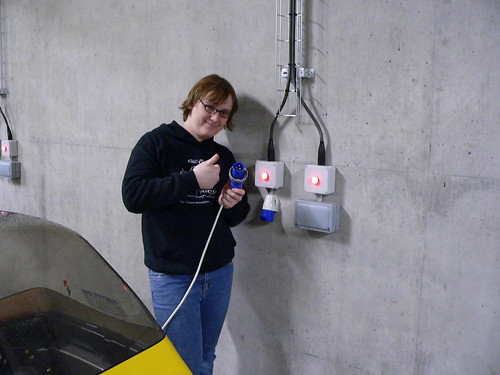If you’re a regular visitor to www.aminorjourney.com you’ll know that I’ve ran stories on the Electric Car Corporation and their line of converted Citroen C1s, which they call the C1 “Ev’ie”. It all started back in April, when the Citroen Ev’ie jumped onto the market. The team behind the advertising campaign had used a sign-written petrol-powered car for photo shoots and had omitted to change the number plate. It lead to me speculating if the vehicle even existed.
Later on, a test-drive from What Car? appeared, in which the team reviewing it had some issues with acceleration and a battery overheating on the drive. You can watch the video at their website.
I’m not the sort of person to give a company a hard time unnecessarily, and felt that perhaps my initial story was a bit hard on ECCPlc, the makers of the Citroen C1 Ev’ie. So, I arranged a trip down to London to test the Ev’ie for myself. I really wanted the car to blow me away. I so badly wanted the Ev’ie to make me feel all kinds of guilt for being nasty about it in the past without even having driven it. I wanted it to make me love it. But as I quickly found, my relationship with the Ev’ie that wasn’t going to be a plain-sailing one.

Read on after the jump for a run-down of the vehicle and our eventful test-drive.






